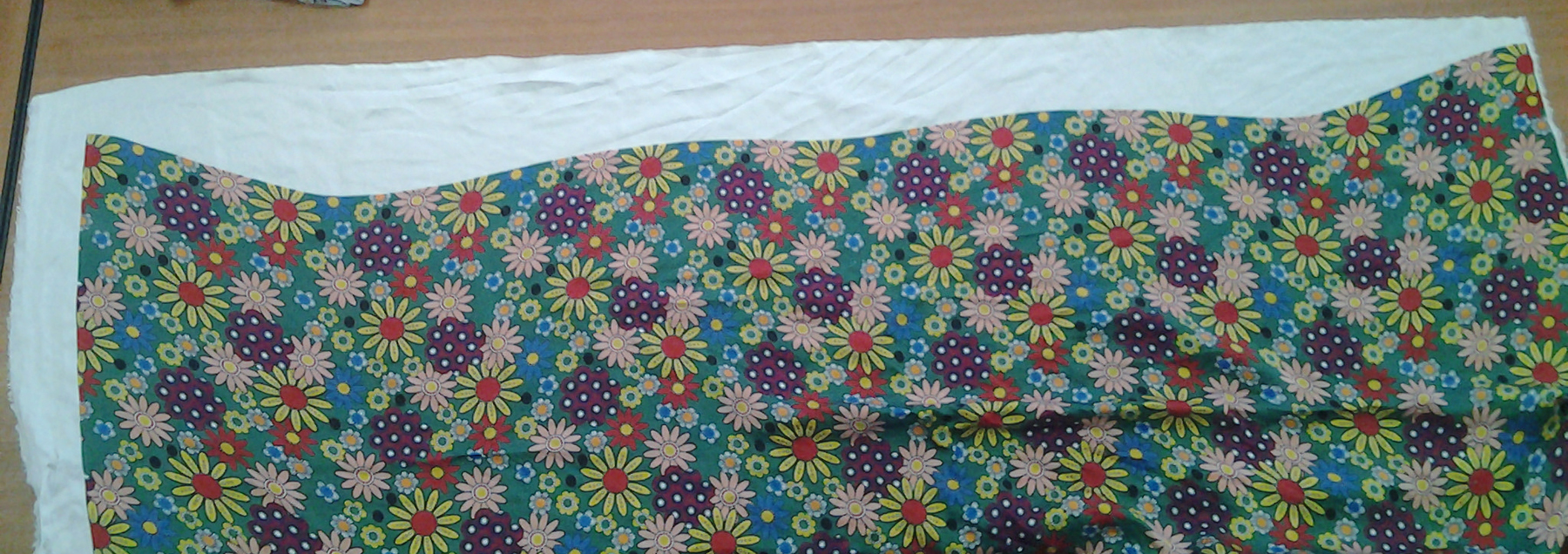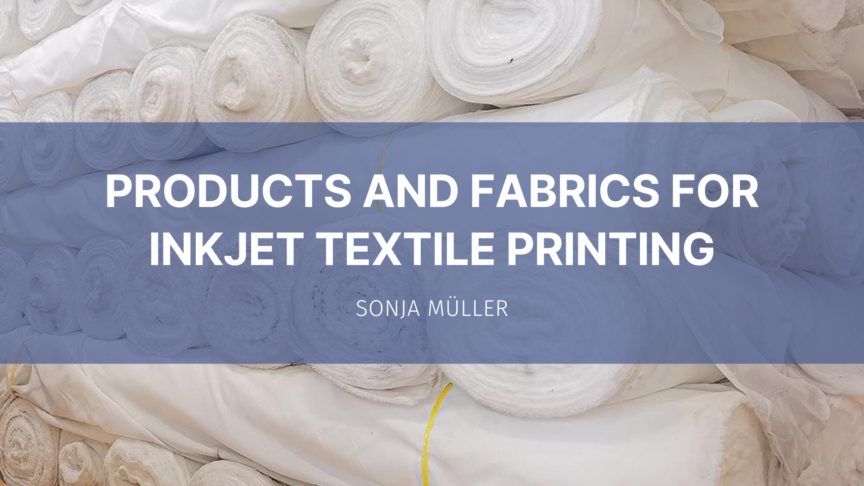This article is the third in a series on inkjet for textile printing intended to help companies not involved in textile printing to evaluate market opportunities. This article will address basic fabric requirements and their preparation for inkjet printing.
How to choose the right fabric and find a reliable supplier
The quality of the fabric is very important for the final print result. There is a significant risk of defective goods and quality issues in the delivered base fabric that can lead to larger problems later on in the production process. These quality issues are noticeable to the naked eye and don’t require a lab. Pure and simple, a visual quality control check of the fabric when it comes in, or at least before using the roll is required. In most cases, a roll that has already been partially used cannot be claimed as defective to the supplier anymore.
Defects may include wrinkles or creases in the fabric, the presence of lint, fluff, non-uniform surface tension throughout the fabric, dimensional issues like latent shrinkage or distortion, or inconsistencies in the color (whiteness) of the fabric compared to an earlier batch.

It is important to keep an eye on the quality of incoming fabrics before they go on to further production, and before you have spent time and money. Always keep a reference sample from issues you face for eventual claims, take photos in order to show documentation and for compensation, if delivered fabrics do not conform with the specifications.
See examples of non-conforming fabric rolls below.

Picture of a fabric with a not-straight issue, showing a diagonal inclining tear-off edge
Always check the straightness of a fabric before printing simply by a tear-off edge.

Picture of a printed fabric which had a not-straight issue, could have been recognized by a wavy inclining tear-off edge before printing.
The picture above shows a silk fabric printed with reactive dyes. The reactive print application demands a wet post-treatment. During a wet process the fabric, actually the yarns in warp and weft, get a chance to relax and move within the fabric construction. Good news, you get a straight(er) fabric again. But the print was made on a non-straight fabric – big mistake. In the present case it is not visible at first glance; with geometric designs it’s a drama.
The physical fabric production (like spinning, weaving, or knitting) and the preparation processes (like singeing, washing, and bleaching of fabrics) for both analogue screen and digital inkjet printing, are almost the same. There are quite a lot of production and preparation process steps, and each has an influence on the final textile product. The resulting relevant fabric properties cannot be identified by the naked eye mostly. With some basic knowledge, you are able to check the degree of whiteness, pH, hydrophily, and hairiness of the front (print) side of the fabric.
Be aware when using the same raw material, e.g. cotton, but a different physical construction or surface character of the fabric, this will result in different visual and colour appearance of the print. This fact is overlooked but happens often when trying to lower costs and going for another “similar” fabric.
A big wish of every print house is to always get the same fabric quality and same preparation delivered.
Why is inkjet coating necessary for direct to fabric printing?
Inkjet coating is used to maximize the fabric’s absorption, keep the ink drop in the desired position (avoiding bleeding), prevent the ink drop from sinking into the fabric, improve color fastnesses, and to provide the necessary chemistry for the specific dyestuff group.

Picture showing the drop behavior difference of uncoated and coated textile.

Picture showing CMYK droplets.
Using inkjet-coated fabric versus applying pretreatment in-house
Production is simplified by sourcing ready-for-digital-printing fabrics, but this will limit the range of fabrics available. A traditional textile mill may apply pretreatment via an off-line process on request, however, run length is a critical factor and risk on fabric quality doubled, once by the supplier and then by the finisher.
Extra risk of fabric material defects is introduced by turning one step (ready-to-print fabric) into two steps. Potential fabric issues may not be identified or controlled when the fabric goes directly to the finishing mill in addition to the potential for introduction of coating issues. If the printer identifies fabric issues, it may be difficult to identify the source as the original, untreated fabric due to the coating process. Even if the source is the original fabric, the textile mill may not accept the return from the printer if the finishing mill did not identify the problem first.
As an alternative, in-house fabric pre-treatment requires an investment in capital equipment as well as knowledge, something that should not be underestimated.
With inkjet, there is the option to use additional printheads jetting the pre-treatment (for pigment only) in-line with printing.
In the next article we will discuss the different applications with focusing on the color gamut and the dye-fibre combination.

